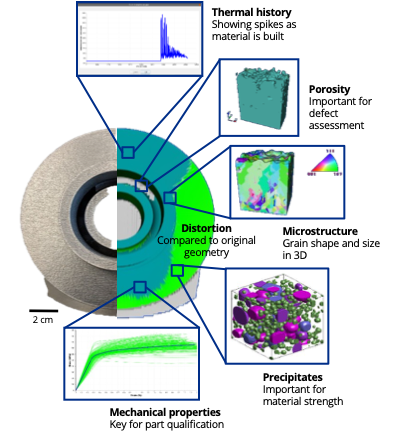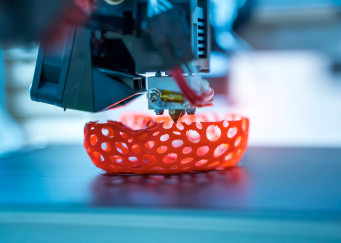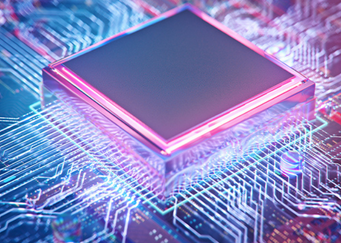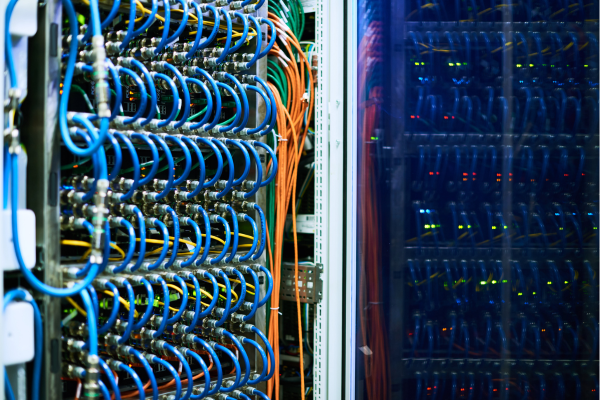The IHPC researchers used the supercomputers at NSCC to develop a digital twin of the 3D printing process. This involved employing advanced physics models that accurately simulate the printing outcome by processing information about the printer type, materials used and printing conditions. The virtual product provides users with full information about the quality of the printed part, encompassing details such as thermal history, microstructure, defects, mechanical properties, residual stress, and part distortion.
Digital Twin – Advanced computational modeling and virtual simulations were conducted to minimize the amount of experimental work required to derive a perfect physical product. Massive computational power was required to achieve a very high resolution in the calculation of the 3D-printed parts.
Batch processing – The queuing system facilitated the execution of numerous individual calculations employed for code development, testing, and validation. The researchers executed over a hundred jobs, each demanding 256 CPU cores and approximately 200 GB of scratch disk.
The research outcome, AM-DT, has been transformed into robust software that can be directly implemented in an industrial setting by any user. Currently, several companies have already integrated AM-DT into their operations and manufacturing processes.
With AM-DT, companies can digitally design their parts before initiating an actual print, determine the optimal process parameters, and pre-assess the expected mechanical properties. Users can explore workflows fully digitally rather than relying on experimental methods, resulting in significant time and cost savings.
For instance, in collaboration with Hitachi Metals, the research team has developed an integrated simulation platform for Laser Powder Bed Fusion (LPBF). A noteworthy advancement in the platform is its ability to predict the performance of sophisticated metal powders during the printing process.

To find out more about how NSCC’s HPC resources can help you, please contact [email protected].
NSCC NewsBytes January 2024






